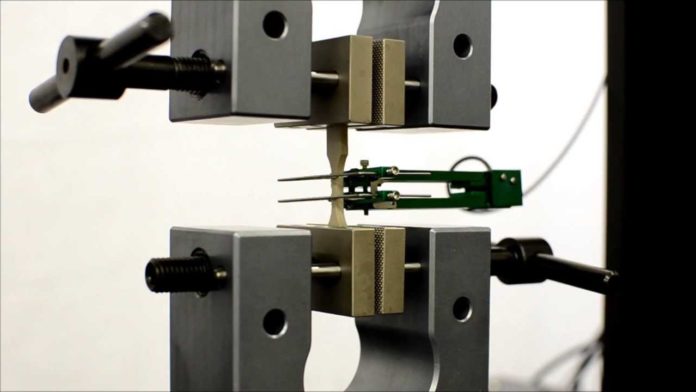Standardization organization ASTM, is currently working on an additive manufacturing standard-guide for mechanical testing of plastics (WK66029).
AM operators, AM systems suppliers, material producers, testing laboratories, technology adopters, type-certification holders, and certificate regulators will learn about mechanical testing modification, how to analyze results, and validate test methods with respect to polymer 3D printed parts.
ASTM has already worked on several standardization issues in the AM industry. Since the launch of its AM centre of excellence, the company has funded several research projects to support standardization, has been awarded several government-led projects, has established industry consortia in two regions, and has launched workforce training efforts, just to name a few of them.
The organization’s AM Center of Excellence is also in charge of this project, which is led by Wichita State University’s National Institute for Aviation Research (NIAR).
So, technically speaking, researchers within the WSU-NIAR will study material properties data and statistical analysis reports for 3D printing materials based on input from industry committees and government review boards.
Furthermore, it should be noted that the Research team has also participated in the National Center for Advanced Materials Performance (NCAMP) program, a program that focused on the additive qualification of (ULTEM 9085). Based on the lessons learned, they are now exploring alternative methods and geometries that are suitable for additively produced specimens.
This project’s goal is to drive consensus across multiple ASTM committees (F42 & D20) and offer universally-acceptable guidance for the AM industry.
“NIAR has the experience necessary to leverage material qualification efforts into applicable industry standardsfor adjacent material and technology systems, such as additive manufacturing,” said John Tomblin, NIAR executive director. “The round-robin study is the next step in expanding on the work accomplished by the qualification program.”
First observations already show that approaches that had worked well for traditional materials and subtractive manufacturing techniques may not be optimal for additive.
“Boeing has a long history of working with industry stakeholders in multiple standards development organizations, as we believe in sharing common knowledge through industry standards,” says Chul Y. Park, an associate technical fellow at Boeing. “As for the mechanical test methods for polymer-based AM, we coordinated with various standards development organization stakeholders, including ASTM International, to share the issues and Boeing’s proposed solutions to those issues.”
Lastly, as part of this standardization project, Boeing and other industry partners are currently bringing their expertise in characterization of additive materials by sharing models and drawings of what are called “alternate tensile coupon designs” to be evaluated by the NIAR round-robin program.
You can now post free of charge job opportunities in the AM Industry on 3D ADEPT Media.For further information about 3D Printing, follow us on our social networks and subscribe to our newsletter : Facebook, Twitter, LinkedIn & Instagram !Would you like to be featured in the next issue of our digital magazine? Send us an email at contact@3dadept.com






